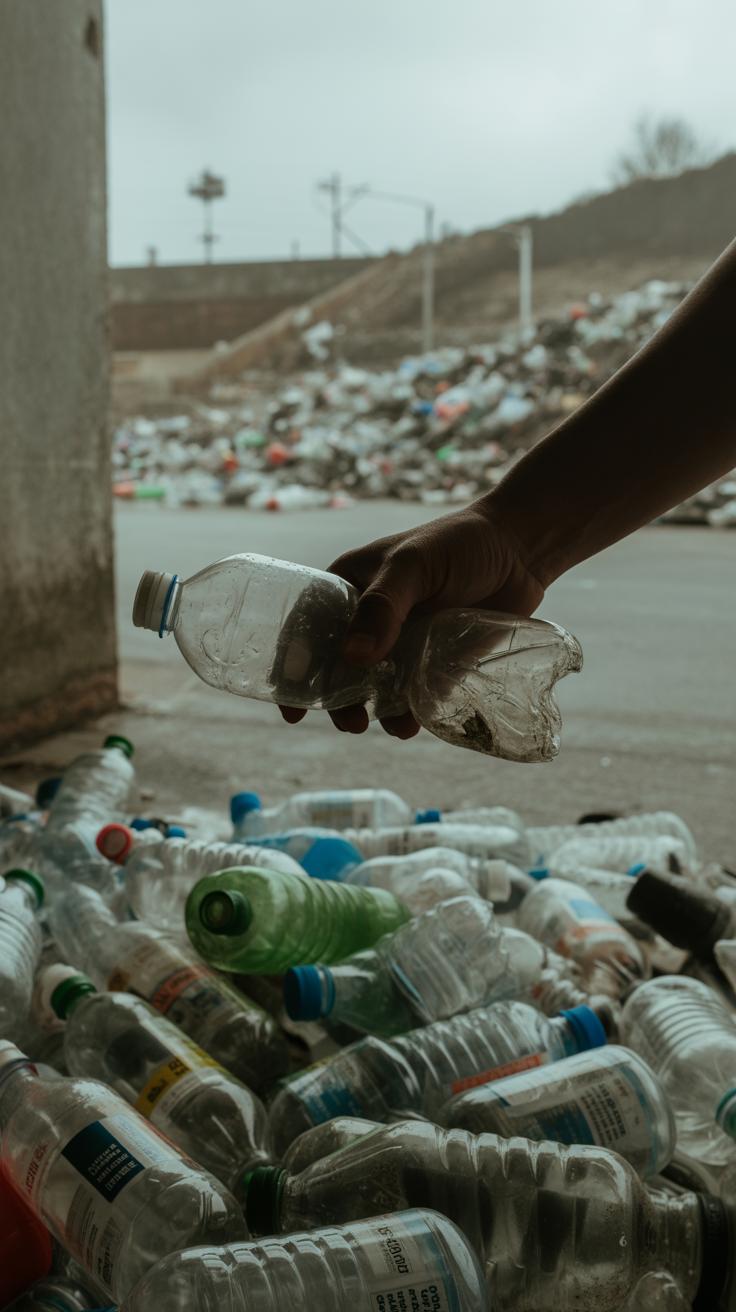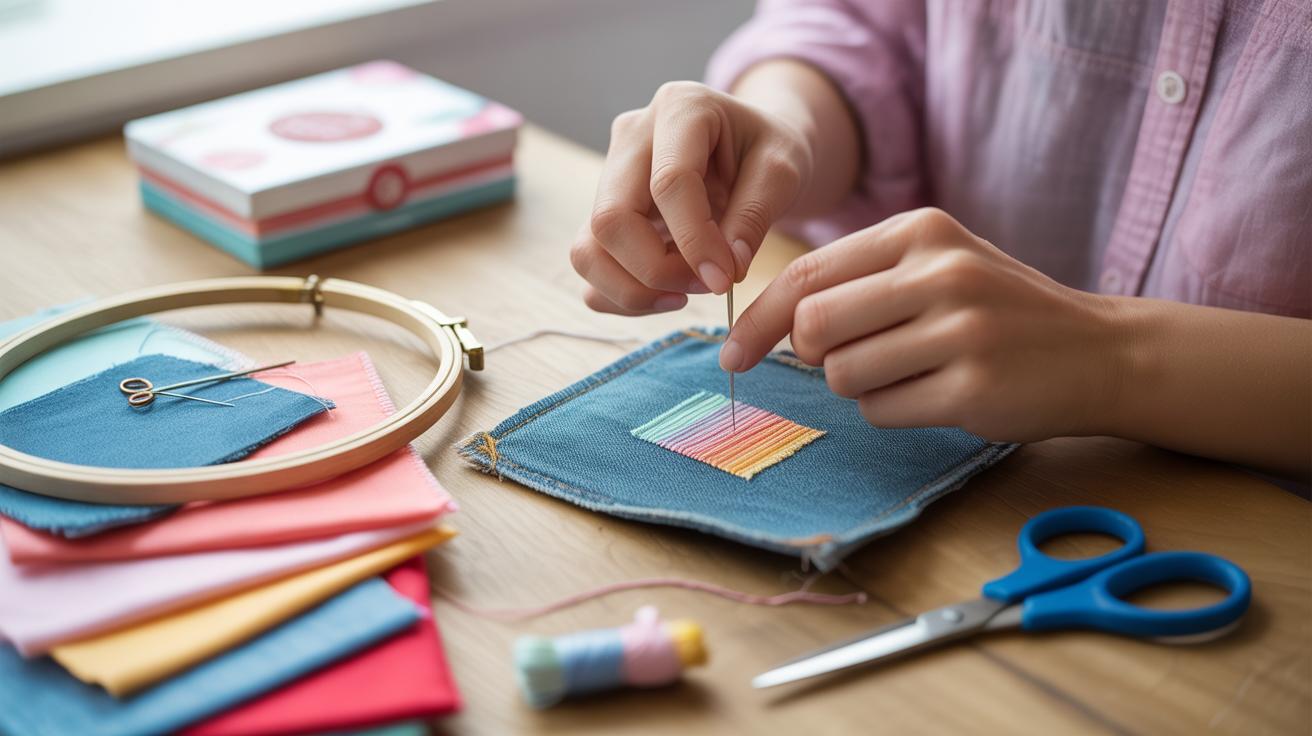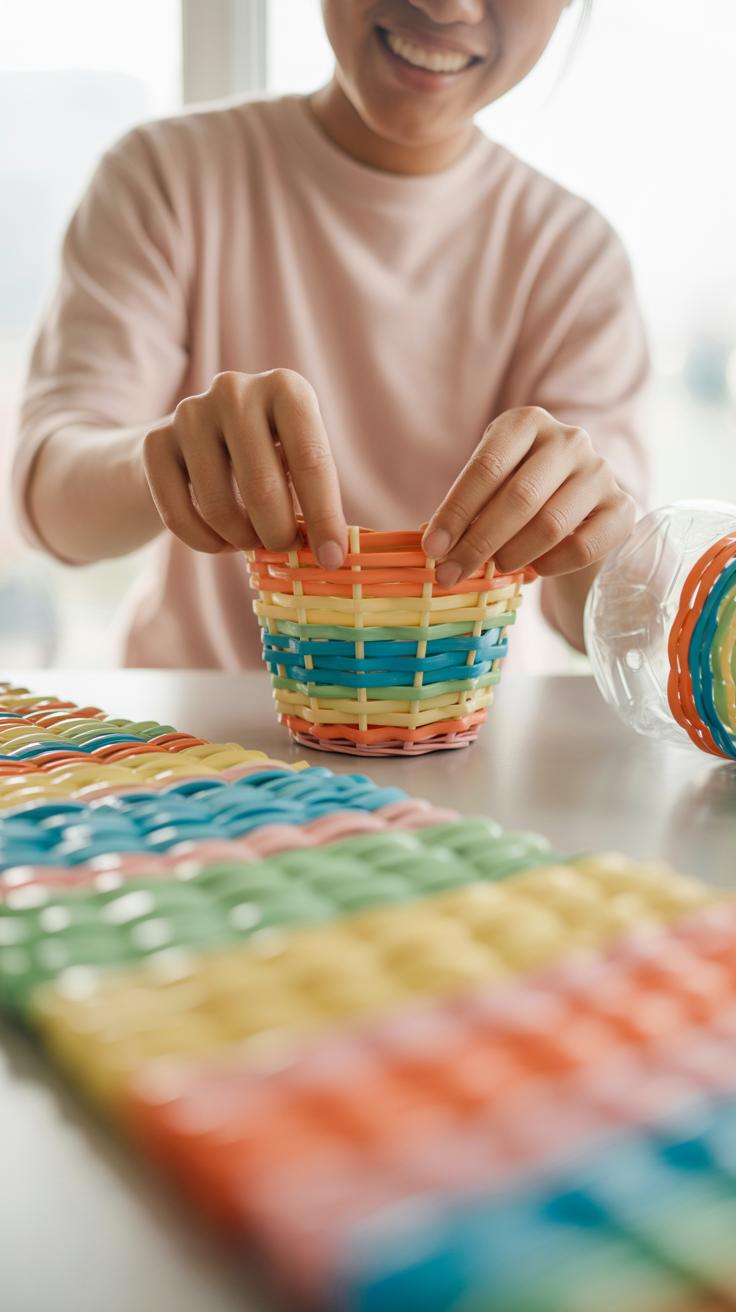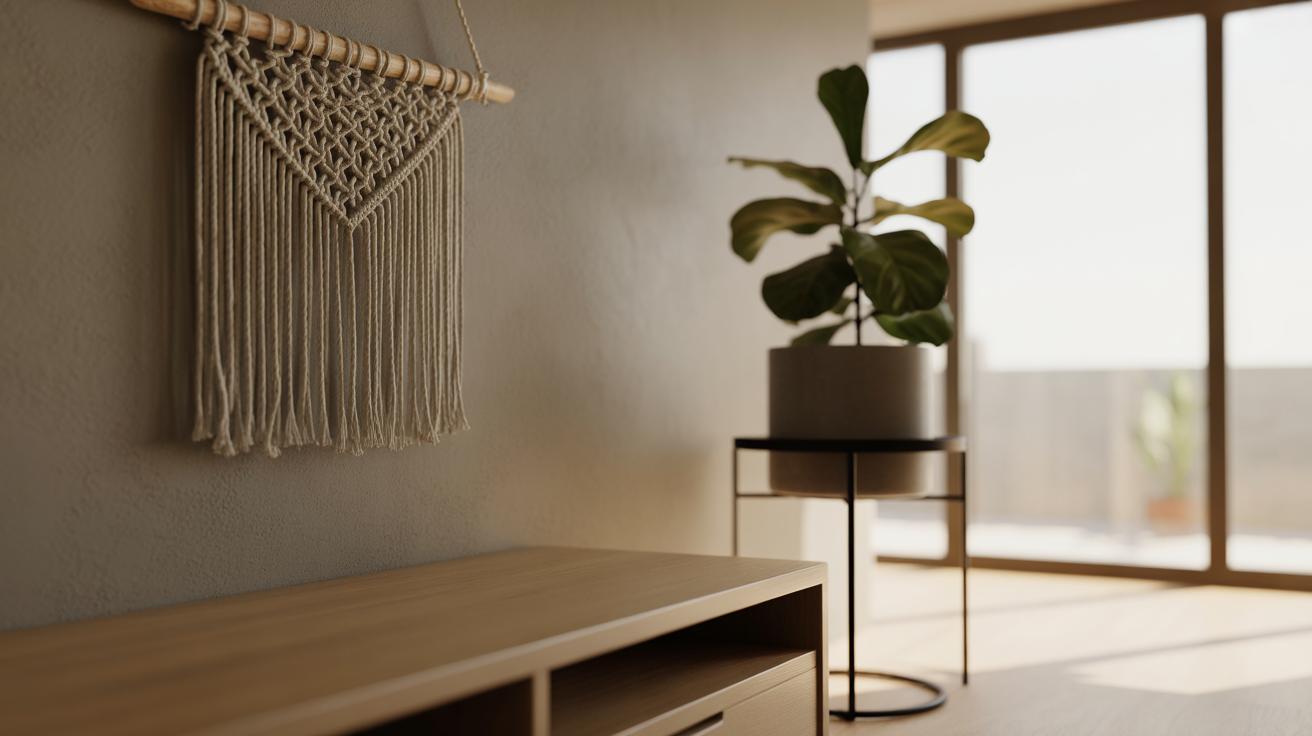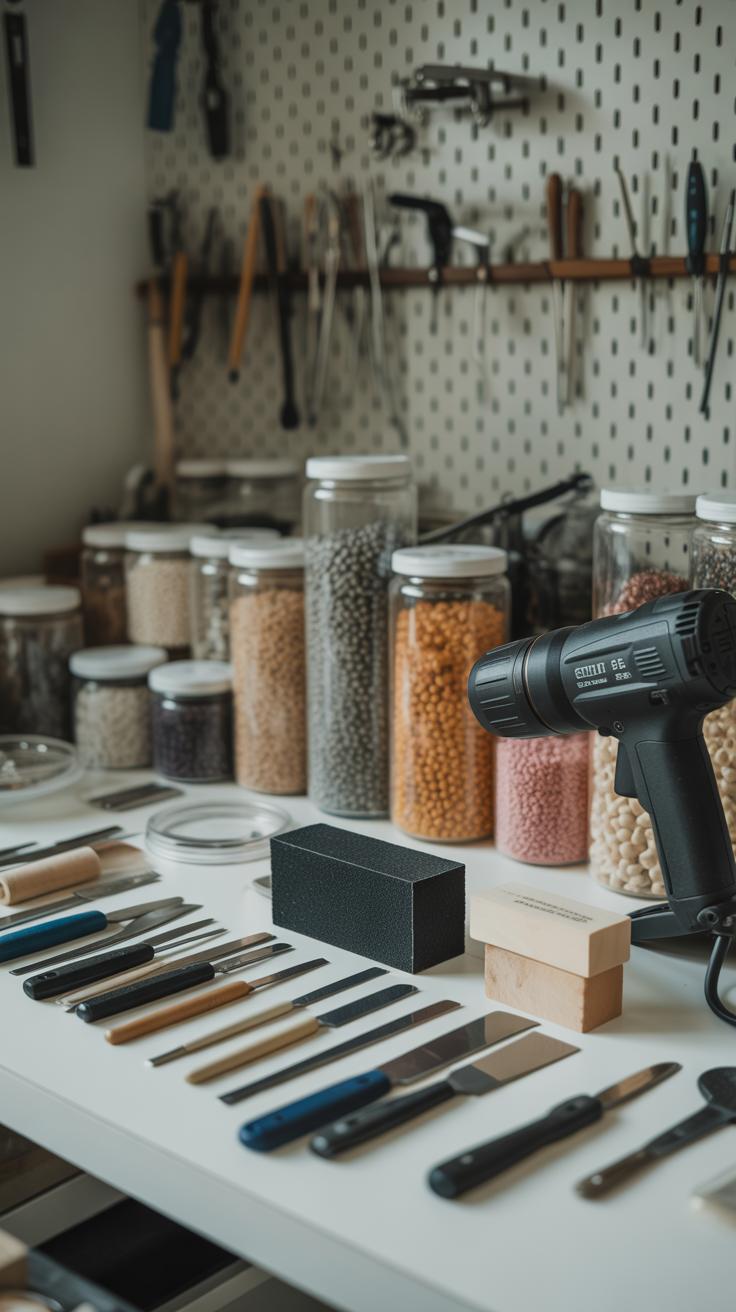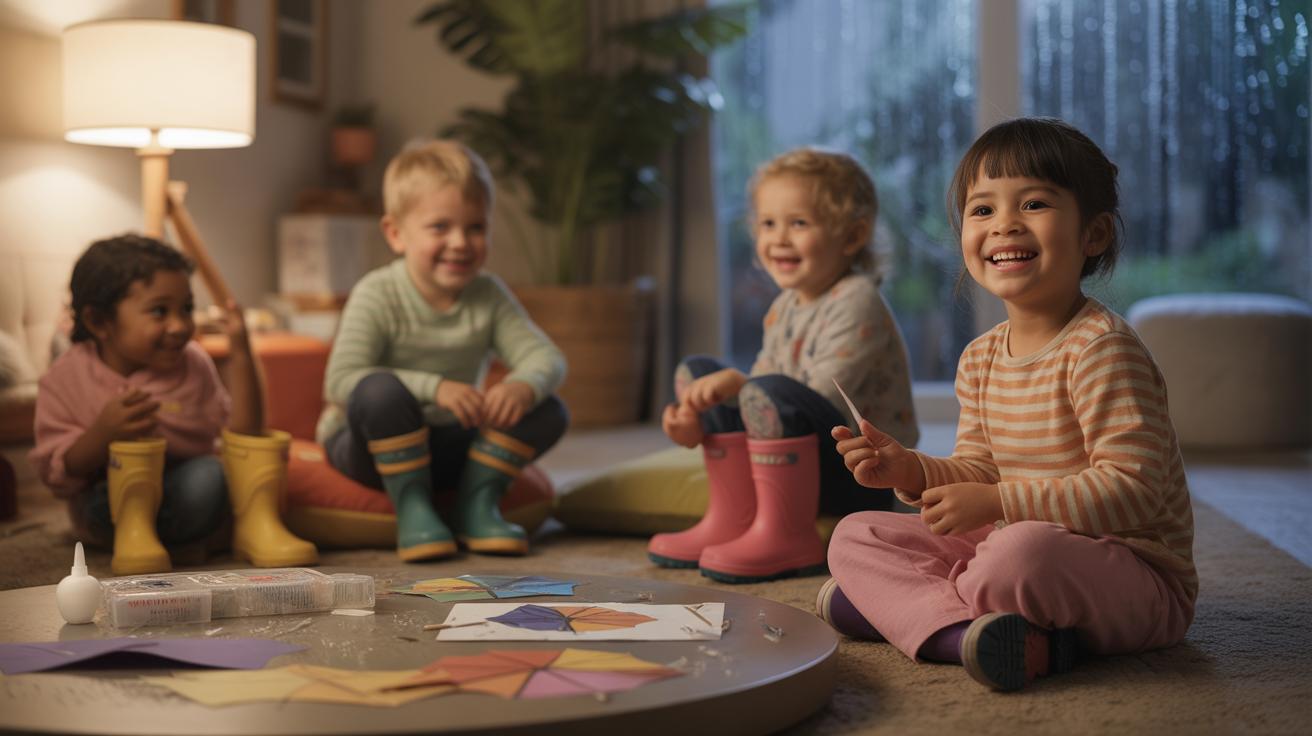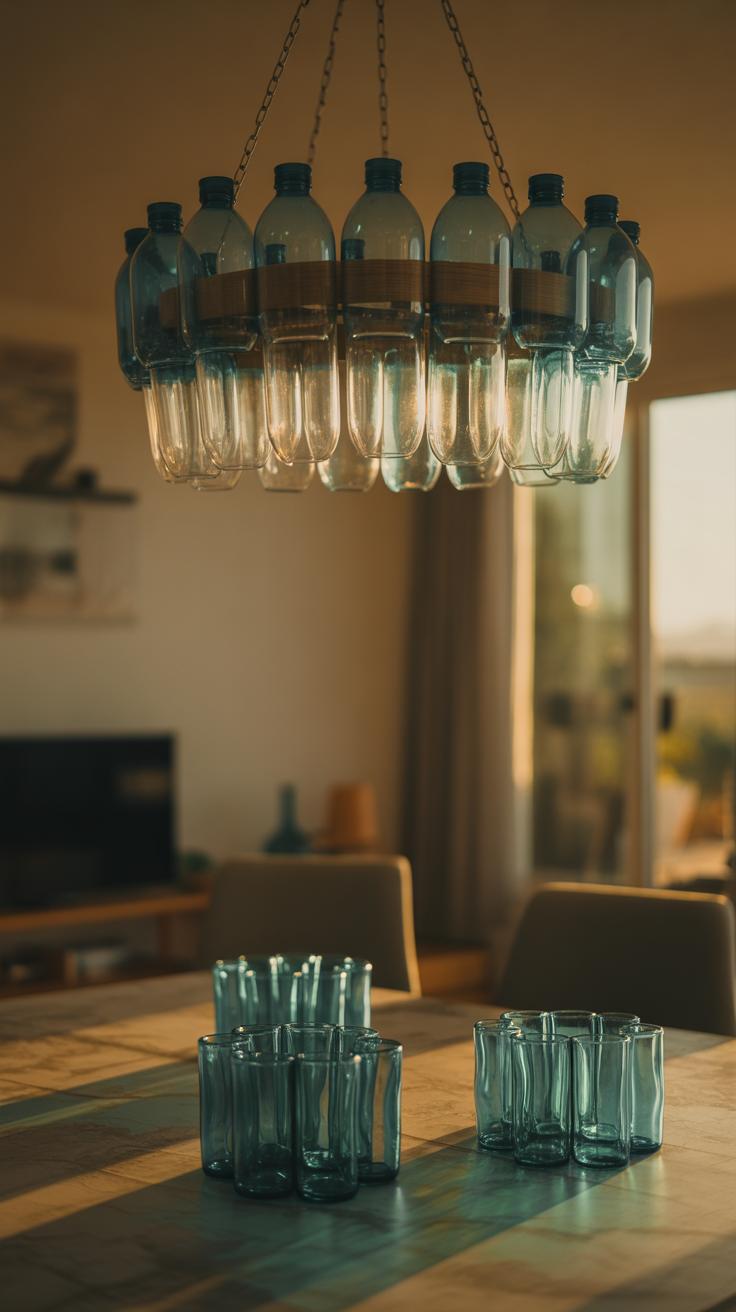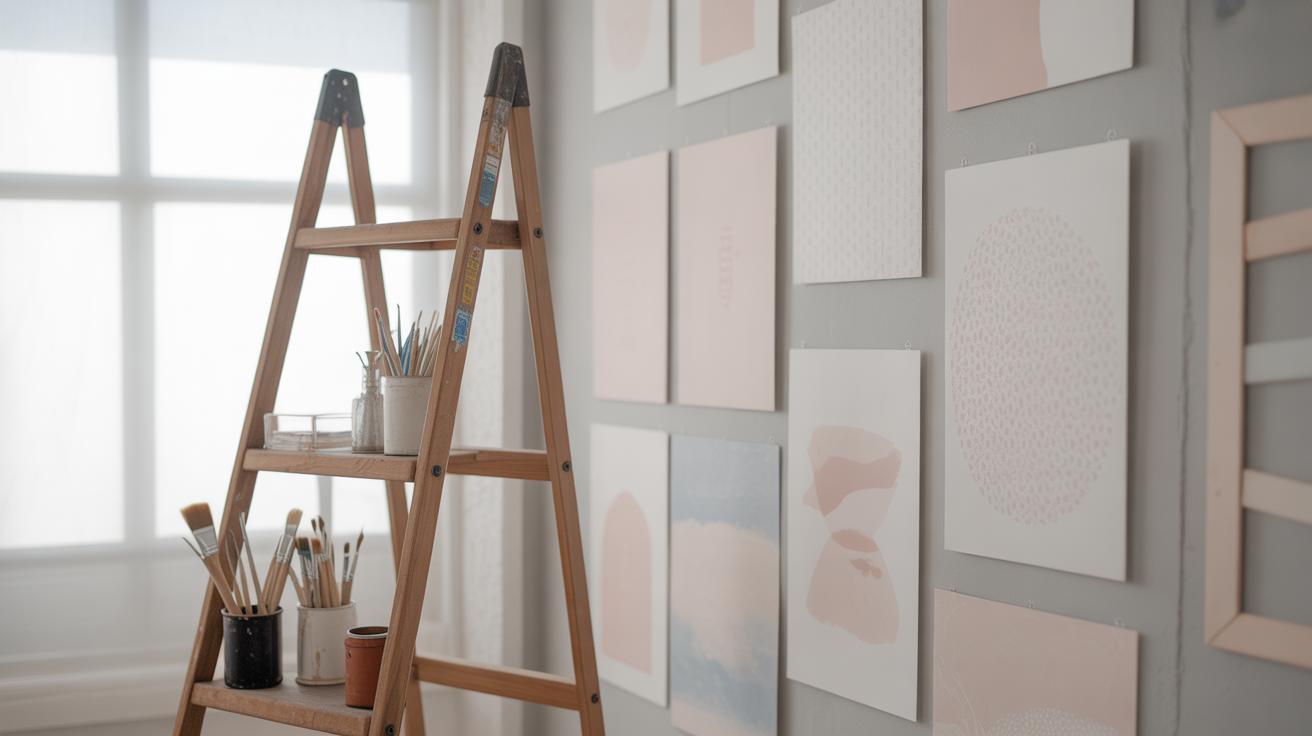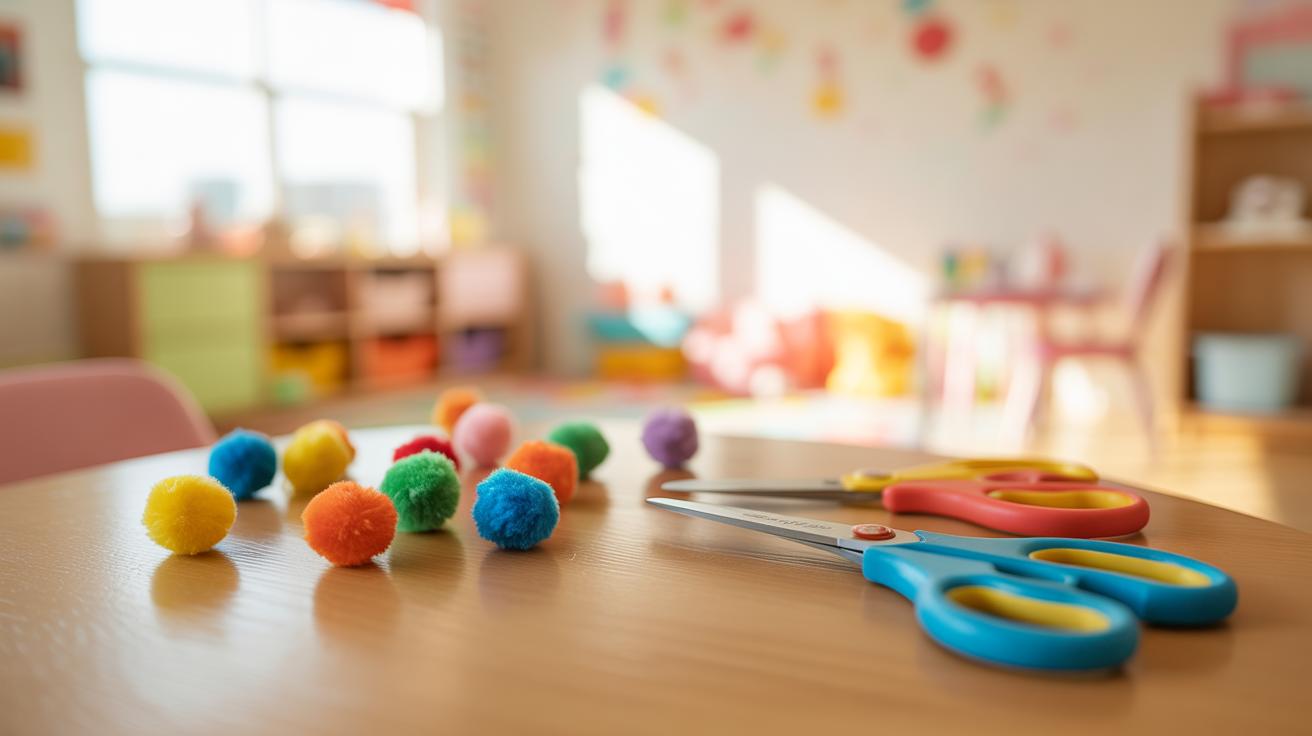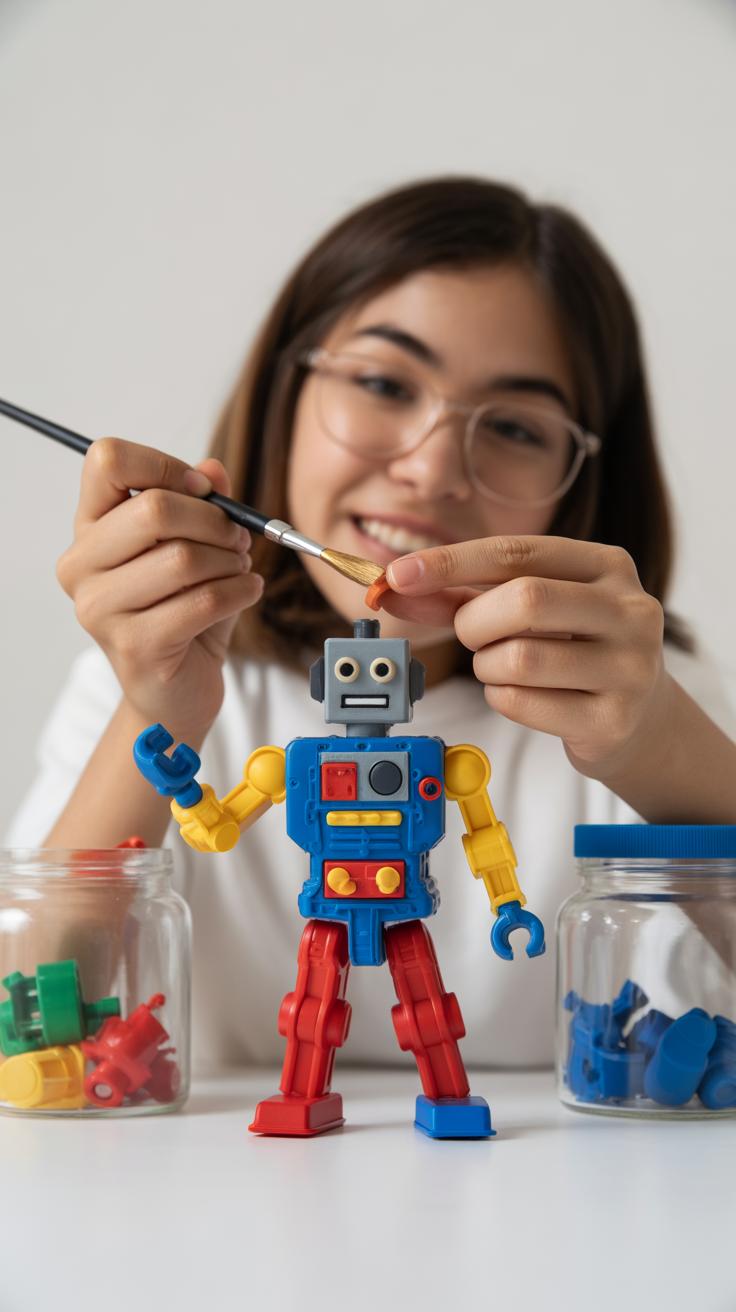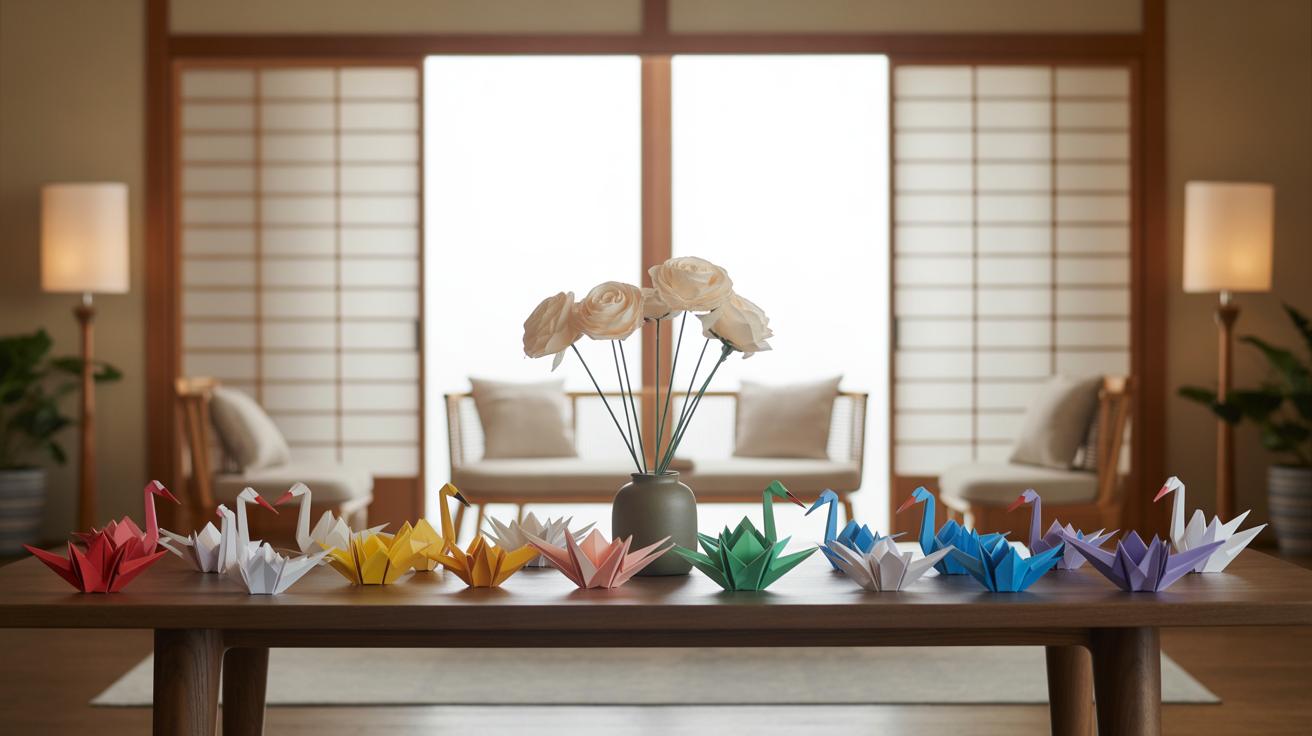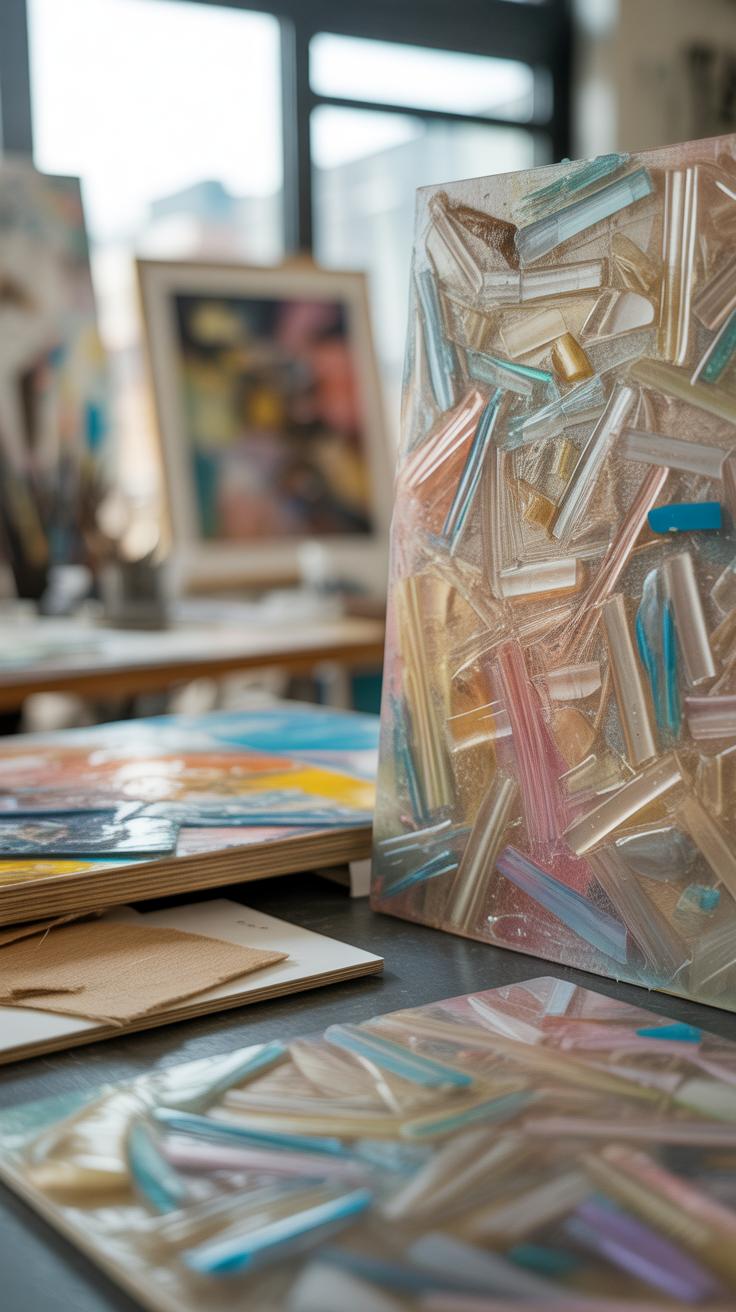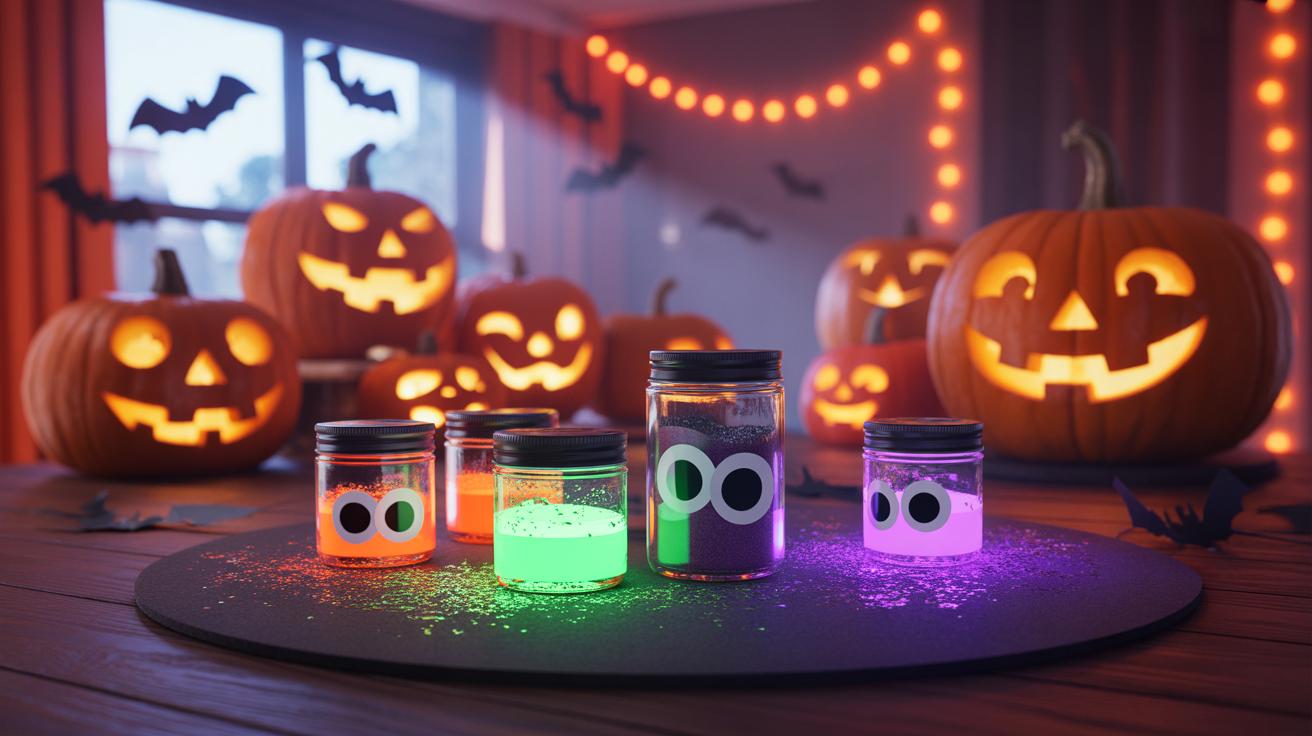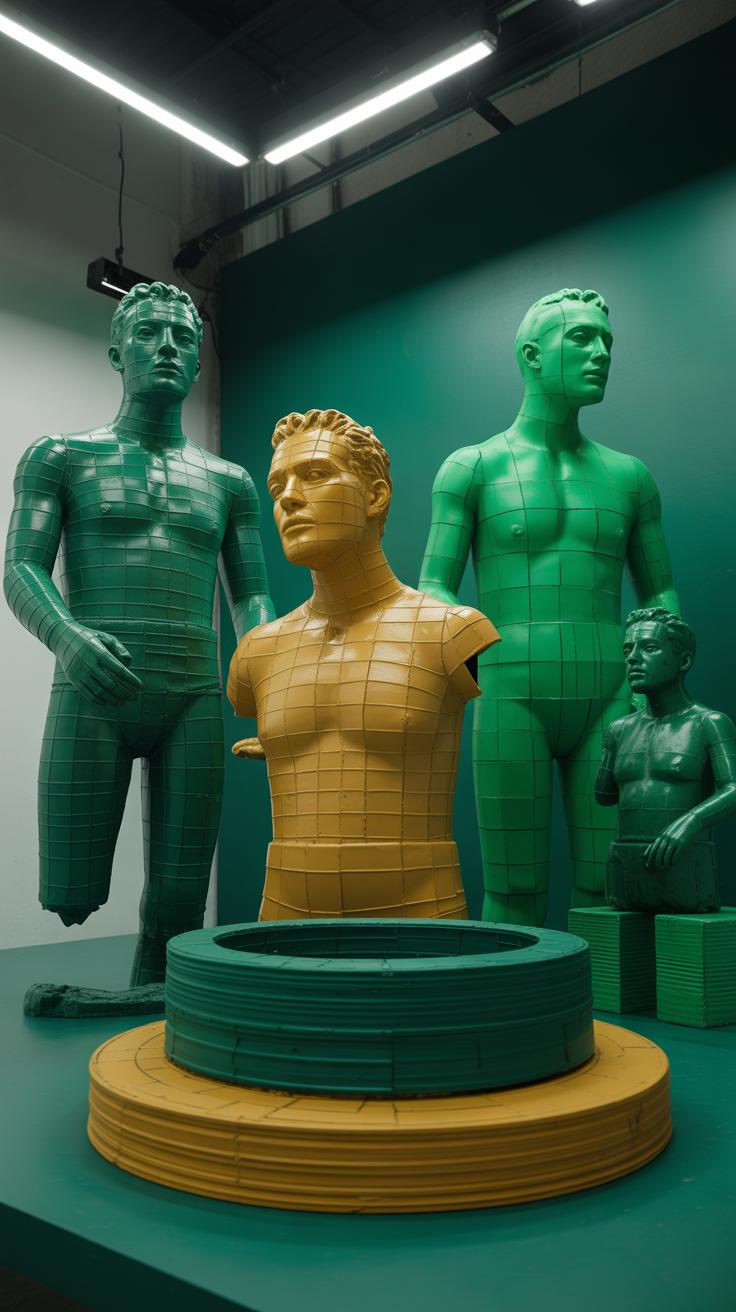Introduction
Plastic waste is a big problem for the planet. Every day, tons of plastic get thrown away. But there is a way you can help. Creative plastic crafts turn old plastic into new, fun, and useful items. By learning to upcycle plastic, you can reduce waste and create something special with your own hands.
In this article, we will explore easy ideas and steps to make creative plastic crafts. You will find how turning plastic waste into crafts helps the environment. You will also get simple projects you can start right now. This guide is for everyone who wants to do good and have fun at the same time.
Understanding Plastic Waste And Its Impact
What Is Plastic Waste
Plastic waste refers to discarded plastic materials that no longer serve their original purpose. These are everyday things we use once or for a short time and then throw away. Think about plastic bottles, shopping bags, food wrappers, straws, or even old containers piling up around us. When we toss these items, they become waste, often ending up in landfills, streets, or worse—natural places like oceans and forests.
It’s easy to overlook how much plastic surrounds us and how quickly it turns into waste. Some plastics break down faster than others, but most stick around for years. So, whenever you throw away that plastic cup or packaging, it doesn’t just disappear.
Why Plastic Waste Is Harmful
Plastic waste causes several problems. Nature doesn’t absorb plastic well. Instead, it can clog rivers, harm soils, or litter beaches. Animals, both on land and in water, often mistake plastic for food or get tangled in it. I once read about a turtle trapped in a plastic ring—it was heartbreaking, but sadly common.
Humans feel the effect too. Plastic can release harmful chemicals into the soil or water we rely on. Microplastics—tiny pieces that break off larger plastics—make their way into fish and even into the air we breathe. It’s confusing because we use plastic so much; sometimes it feels impossible to avoid, yet its impact quietly builds up.
Reducing plastic waste matters because it lessens harm to the planet and living beings. Maybe one day, the oceans won’t have as much floating plastic, and animals won’t suffer because of it. That’s a reason enough to think twice about how we handle plastic waste today.
Basics Of Upcycling Plastic For Crafts
What Is Upcycling
Upcycling is about turning something old or unwanted into something new and useful, rather than just tossing it away. Unlike recycling, which often breaks materials down to remake them, upcycling keeps the original item mostly intact but gives it a fresh purpose. It’s a way of being creative with things you might normally see as trash.
Think about a plastic bottle. Instead of throwing it out for recycling, what if you cut it up and make a small planter or a decorative light cover? That’s upcycling—taking what you have and making something functional or beautiful right away. It’s sort of like refusing to accept waste as the final step.
Benefits Of Upcycling Plastic
Why bother upcycling plastic? Well, a few compelling reasons come to mind:
- It reduces the demand for new plastic, which means less pollution and less energy used in producing and transporting fresh materials.
- Upcycling can keep plastic out of landfills and oceans, where it takes years to break down and harms wildlife.
- It encourages creativity and problem-solving—you’re making something unique with your own hands.
- Upcycled crafts often cost less because you’re using what’s already around you.
- Making something by upcycling can be surprisingly satisfying—more personal than buying something new.
Still, not all plastic is equal, and sometimes recycling might feel more straightforward. But I find upcycling gives you more control and almost feels like a small act of rebellion against the throwaway culture.
Tools And Materials For Plastic Crafts
Gathering Plastic Waste
Collecting plastic waste safely can be a bit tricky, but it’s definitely doable at home or nearby. Look around your kitchen, bathroom, or even your office for clean plastics like bottles, containers, or packaging. It’s better if the plastic is dry and free from food residue—this makes handling easier and less messy. You might want to avoid plastics that have chemical residues or are too brittle. Sometimes, community recycling centers or local clean-up drives have plastic pieces you can take for crafting. Just make sure you wash and dry whatever you collect thoroughly. It feels a bit like a treasure hunt when you start spotting useful pieces among what you’d usually toss out.
Basic Craft Tools To Use
When it comes to tools, you don’t need a fancy setup to start. Here’s a practical list that should get you going:
- Scissors: A good, sharp pair is essential for cutting plastic smoothly. I’ve found scissors that are too dull tend to crack plastic instead of cutting cleanly.
- Glue: Try a strong adhesive designed for plastic. Hot glue works okay but sometimes doesn’t hold on slick surfaces. Glue sticks and super glue can be handy too—just watch for fumes and work in a ventilated place.
- Markers: Permanent markers let you decorate or add details. They usually stick well, but testing on a small scrap is smart before going all in.
- Needle and thread: Yes, you can sew through thinner plastic. It’s slower, but great for joining pieces—especially if glue won’t cut it.
- Sandpaper or nail files: Roughing up edges before gluing can help with adhesion and smooth sharp bits that might catch or scratch.
Each tool has its quirks with plastic, so it might take a bit of playing around. I often start unsure which glue or scissors work best but over time, the favorites settle in.
Making Jewelry From Plastic Waste
Turning waste plastic into wearable art can be surprisingly simple and rewarding. You can start with old containers, lids, or even discarded packaging. The idea is to identify pieces that are flexible enough to cut but firm enough to hold shape. Bracelets, necklaces, or earrings are all possible projects; you just need to plan your design around the plastic’s thickness and texture.
Cutting And Shaping Plastic
Cutting plastic safely is key. Always use sharp scissors or a craft knife, and work on a steady surface. If you’re dealing with thicker plastic, a small saw or heavy-duty snips may be better. Take your time—rushing can cause jagged edges and increase the risk of injury. Sometimes, warming the plastic slightly makes it easier to bend or curve before cutting, but don’t let it get too hot or it could warp.
Shape pieces by trimming edges smooth. Sandpaper or a nail file can help remove any sharp parts. You might want to punch holes for stringing with a heated needle or hole punch, but test this first; some plastics crack easily. You’ll often find that experimenting with different plastic types is necessary before settling on the perfect shape.
Decorating Plastic Jewelry
Once cut and shaped, plastic can be decorated in multiple ways to personalize your jewelry. Acrylic paints work well on clean surfaces and dry fast, but stretching multiple thin coats gives a more even finish. Permanent markers or paint pens offer fine detail and can be layered for pattern work. If you want to keep colors vibrant longer, a clear sealant or varnish adds protection.
Another option is using tape, fabric scraps, or even small beads glued onto the plastic. Sometimes, scraping or scoring the surface before painting creates subtle texture. You might find that mixing methods—painting the base then adding details with markers or stickers—makes pieces more unique. It’s worth trying different decorations to see what suits your style and the plastic’s feel.
Creating Home Decorations Using Plastic
Plastic Flowers Craft
Making flowers from plastic waste feels surprisingly satisfying. Start with thin pieces—cut from plastic bottles or packaging. You want to shape petals, which often means folding and trimming small, rounded or pointed segments. It’s a bit like origami, but with plastic that’s less forgiving—sometimes it cracks or bends oddly, so patience helps.
Once petals are cut, gently heat them near a candle or warm surface, just enough to soften the edges, so you can curve or curl them. Be careful—too hot and it melts in strange ways. Layer petals around a tiny center made from tightly rolled plastic scraps or even a bead, securing with hot glue or wire.
The final flower can be painted or left transparent. These creations work well stuck onto frames or vases. They add a surprising dimension to a room—that unusual but simple touch you didn’t expect to make yourself.
Making Useful Containers
Old plastic containers rarely need to be tossed out immediately—they offer endless organizing options. Think beyond the obvious: a cut-off bottle top can hold pens, or several mid-sized containers grouped together can sort tools, craft supplies, or kitchen spices.
To reinvent containers, cut them at various heights, smooth rough edges with sandpaper, then decorate using leftover scraps or paint. Punch a few holes near the rim to string containers together for wall-hanging organizers, or stack them with lids removed to create compartmental storage.
Some containers have intriguing shapes—curved or angular—that invite creative use. I once turned a set of yogurt tubs into a mini herb garden on my windowsill. The results weren’t perfect, but they were practical and pretty enough to keep growing.
Building Small Toys And Figures
Creating small toys or figures from waste plastic can be surprisingly straightforward. You don’t need fancy tools—just some patience and imagination. Start by collecting bits of plastic like thin containers, broken toys, or scraps from packaging. Cutting or shaping these pieces into simple forms—such as animals, cars, or little people—is quite doable with scissors or a craft knife.
Sometimes, just layering plastic pieces gives enough depth to bring a figure to life. Other times, bending or folding thin plastic sheets can create limbs or wings. Attaching parts can be as simple as using glue or stitching with a needle and thin wire if the pieces are thick enough to hold a stitch. There’s something oddly satisfying about watching a pile of trash slowly turn into something playful.
Using Plastic Caps And Pieces
Plastic bottle caps and other small parts offer a lot of creative options. Their uniform shapes and colors make them perfect for building toy animals or abstract figures. For instance, a few bottle caps can serve as wheels or eyes, while smaller pieces cut from containers can form ears, tails, or limbs.
I once made a little crab from red caps and thin strips of a plastic water bottle. The caps formed the body, while the plastic strips curled into pincers. It was simple but captured the crab’s shape well enough to surprise friends. You can combine parts in unexpected ways—using fragments of plastic utensils for legs, or twisting thin plastic strips for antennas. The key is to test what fits and, sometimes, what sticks.
Painting And Finishing Toys
Decorating your plastic toys brings the whole project together. Before painting, wash and dry all parts. Lightly sanding surfaces can help paint adhere better, especially if the plastic feels very smooth. When choosing paint, acrylics usually work well; they dry relatively fast and cling nicely to most plastics.
Try using small brushes or even sponges to apply paint in layers. Sometimes a thin, uneven coat looks more natural than a smooth one—perfect for adding character. To protect your designs, a clear, non-toxic sealant spray can be applied once the paint is dry. This prevents colors from rubbing off and keeps the toy safe to handle.
It’s a bit of trial and error with both paint and sealants, so testing scraps first can save some frustration. What feels like extra effort? Maybe. But nothing beats the joy of holding a bright, hand-painted toy born from plastic scraps.
Combining Plastic Crafts With Other Materials
Mixing plastic with paper, fabric, or wood can breathe new life into otherwise plain crafts. It’s not just about gluing scraps together; there’s an art to how these materials interact. For example, plastic’s slick surface contrasts sharply with paper’s softness or wood’s warmth. That contrast itself can become a feature in your project.
Plastic And Paper Art
Think about greeting cards or wall decorations where bits of plastic bottles or containers add unexpected texture. You can cut plastic into shapes—maybe leaves or geometric patterns—and layer them over handmade paper for dimension. Sometimes, transparent plastic pieces let colors underneath peek through, creating subtle effects. I once tried embedding small cutouts inside folded paper cards. It wasn’t perfect, but the mix surprised me. Some ideas to try:
- Use clear plastic from packaging as windows on paper cards
- Incorporate shredded or punched plastic fragments into collage backgrounds
- Layer colorful plastic shapes atop patterned paper for a pop of color
This mix invites play. Would you pair smooth glossy plastic with textured handmade paper? The contrast might feel odd at first, but it often grows on you.
Adding Fabric And Wood
When you combine plastic waste with cloth or wood, new possibilities open up. Attaching weathered plastic bits to wood panels can create interesting wall art. You might glue flattened plastic caps or strips onto fabric to add dimension—like a patchwork but with unexpected shine. Sewing around small plastic loops or buttons can also lend structure to a textile piece.
One time, I nailed plastic bottle caps to a wooden frame, then added woven fabric strips in between. It wasn’t picture-perfect but showed how materials that don’t normally ‘belong’ together can form something unique.
To attach plastic effectively:
- Use hot glue for quick adhesion on wood or fabric
- Sew through thin plastic or punch holes for stitching
- Staple plastic pieces onto fabric for easy fastening
Have you thought about making a wall hanging that combines plastic fragments with scraps of cloth and wooden beads? The tactile mix can surprise your senses and give ordinary trash a new story.
Teaching Plastic Crafts To Kids
Safe And Easy Projects For Kids
Working with plastic waste can be surprisingly kid-friendly, as long as you keep things simple and safe. Avoid sharp tools or hot glue guns for younger children and focus instead on scissors with rounded tips and non-toxic glue sticks. You might start with projects like making colorful plastic bead bracelets from bottle caps, or creating simple picture frames by gluing flattened plastic containers onto cardboard. Cutting and decorating plastic straws to build small sculptures also works well. These projects don’t require many materials or complicated steps, which helps kids stay interested without feeling overwhelmed.
In my experience, patience is key. Some children want to jump right into using all kinds of supplies, but guiding them to focus on one technique helps their confidence grow. And that feeling when they see a plastic container turn into a usable item—it’s pretty rewarding for them, and honestly, kind of fun for you too.
Learning Through Craft
Plastic crafting with kids is more than just art; it’s a quiet lesson about waste and creativity that doesn’t come across as preachy. When kids turn everyday plastic into something useful or decorative, they get a hands-on understanding of recycling’s potential. You might hear questions like “Why do we keep so much plastic?” or “Can this really become something new?” These moments open up conversations about how their actions affect the planet.
The act of crafting also encourages problem-solving and patience. Figuring out how to attach bits of plastic or decorate a piece can spark creativity they might not show in other settings. Sometimes, they’ll try to mix materials or come up with their own designs—these moments can surprise you and show how crafting influences their thinking in small but meaningful ways.
Taking Your Plastic Crafts Further
Sharing Your Crafts With Others
Once you’ve created something from recycled plastic, why keep it to yourself? Showing your work to friends and family can feel a bit nerve-wracking, but it’s also rewarding. Sometimes, people don’t realize that these crafts started as waste—that’s when the conversation gets interesting.
Gifting your projects is another way to share. A handmade planter from plastic bottles or a colorful mosaic from caps can brighten someone’s day. You might consider small gatherings where you exchange crafts or even organize a local swap. The joy of seeing someone else appreciate the effort makes crafting more meaningful.
Don’t worry if your craft isn’t perfect. Often, the story behind it—the upcycling journey—matters most. Have you ever noticed how a slightly imperfect craft can seem more genuine? Maybe that’s why people prefer hand-made over store-bought items sometimes.
Finding New Crafting Ideas
Feeling stuck after you’ve made a few projects? Finding fresh ideas can feel overwhelming but also fun when you know where to look. Websites like Pinterest and YouTube offer plenty of tutorials catering to different skill levels. They can spark ideas you might never have thought about.
Local craft groups or environmental organizations can be surprising sources too. They might organize workshops or share ideas tailored to your area’s specific plastic waste. Trying new materials or mixing crafts can also open doors—have you ever thought about combining plastic with fabric or wood?
Another tip: keep an idea journal. Whenever you spot an interesting shape or pattern in everyday plastics, jot it down. Sometimes those little notes become the best projects later on. Do you find that inspiration strikes when you’re not actively searching?
Conclusions
Creative plastic crafts give new life to plastic waste. They help lower the amount of trash and protect the Earth. By crafting with plastic, you save resources and stop pollution. You also make unique things that can be useful around your home or gifts to friends.
Try these crafts yourself. Use what you find at home or outdoors. Start small and keep creating. Each craft you make helps the planet and shows how small actions can add up to big change. Your hands can turn plastic waste into something valuable and beautiful.


